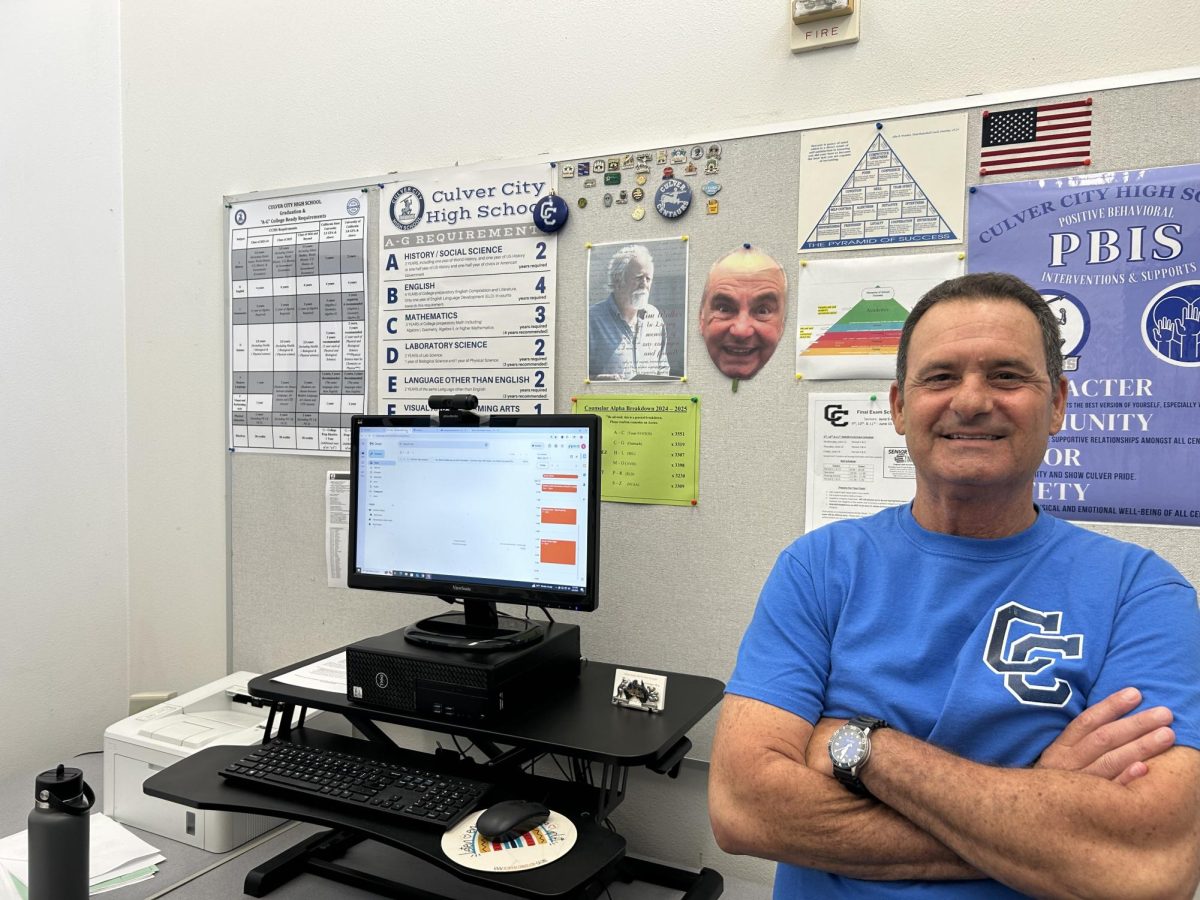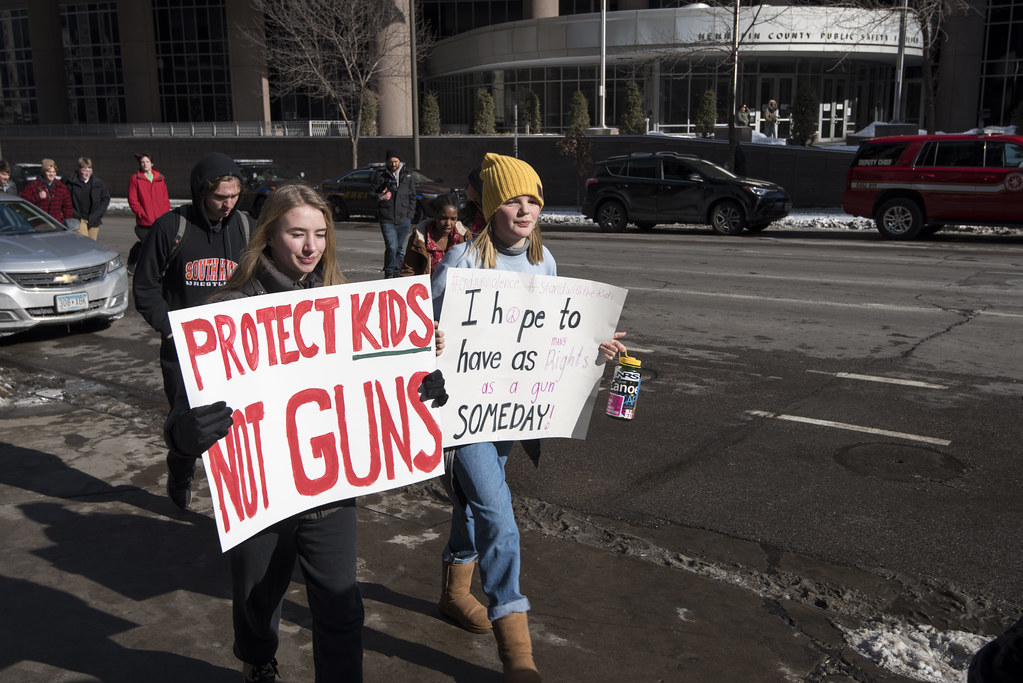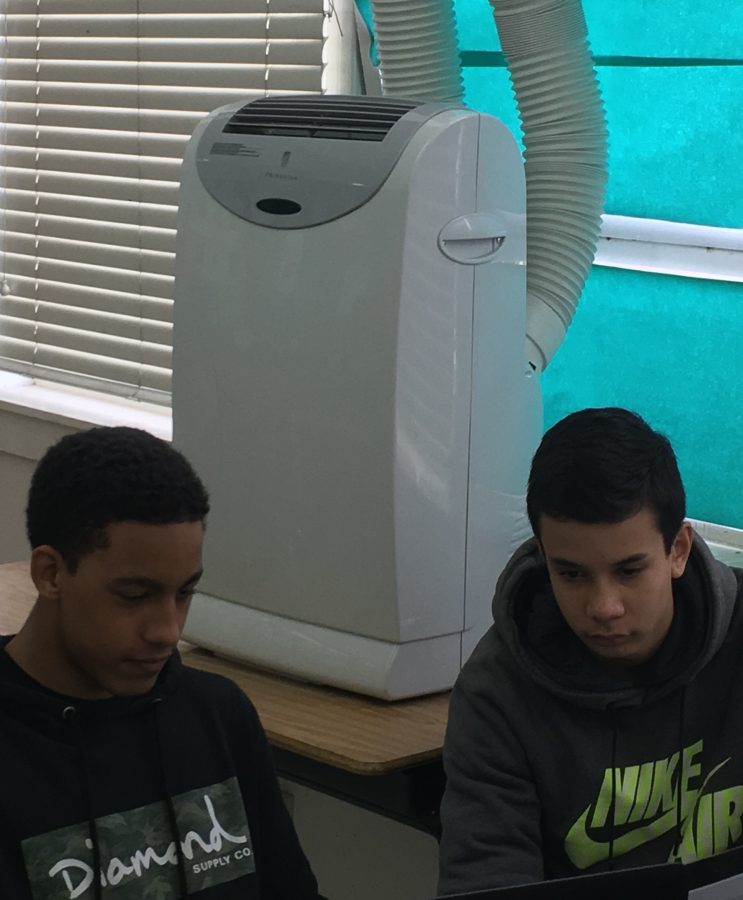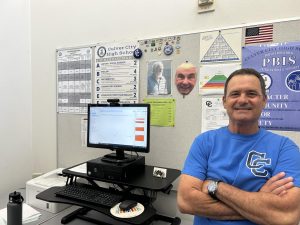AC Units Raise Districts Electricity Bill by $8000
January 10, 2016
As of the new school year, about two hundred portable AC units have been installed in classrooms along with other common areas throughout the Culver City district per request of agitated teachers and students who are finding it very difficult to teach and learn in this uncomfortable environment due to the abnormally hot weather that occurs during the first few months of the school year. As much as relief these portable units have provided, they have also provided the district with an $8,000 increase in the electricity bills.
During September through October of 2014 when there were only about 70 AC units in classrooms, the Districts electricity bill came out to be $21,283.20. During September through October of 2015, the districts electricity bill skyrocketed to $29,532.90. As displayed by the data, the increase in the districts total electrical costs is a combination of the installation of the 200 additional AC units along with many more unusual hot days in 2015 than 2014.
During the past few summers, Culver City has experienced abnormally high temperatures that have carried on into the beginning of the school year. The unbearable hot weather takes a toll on the students during the first few months back to school as students find it difficult to concentrate in the musty and stuffed classrooms. Students and teachers both lack a relaxing and comfortable environment to learn and teach in. Instead of focusing on what is being taught on the board or trying to complete a test, students fidget around in their seats, fanning themselves with their notebooks to fight off the heat. During these few first months of school, certain classrooms were given cold water to supply to the students per request of teacher. Classrooms were also filled with multiple loud fans that intended to help cope with the heat but sometimes ended up serving as a distraction due to the noise. Some of these fans were left on all day and all night, some even throughout the weekend.
The scorching heat in classrooms and other areas like the cafeteria and nurse’s office has been a reoccurring problem that has raised complaints and suggestions toward a solution. These portable units are fairly small, simple, and quick to install as they do not require major renovation to the classrooms and upgrades to the electrical system. The cost for each unit was 700 dollars, not including the installation process which is provided by the in-house maintenance staff. Further inquiry is being done to find a potential vendor which would perform routine cleaning.
These newly added AC units have already served as a relief from the intense temperatures to many teachers and students in classrooms. Physiology teacher Ms. Patricia Northington is thankful that the district actually addressed the situation this year where as prior years, a solution to this problem had constantly been put off. Teaching in a packed classroom with about forty to forty five students, Northington says, “The temperature reached to the mid eighties in my classroom making it hard to be able to just think,”. Northington and her students have recently teamed up with a program called Power Save in which students and faculty are trained to do energy audits and learn how to cut back on energy use in different types of ways. Northington’s class has really followed through with the concept of energy saving and have adapted to only using two out of three of the lights in her classroom from now on. However, as much as pro energy conservation Northington is, when asked on her thoughts about the tremendous energy use of the air units along with the high cost, Northington answers, “$8,000 extra for two of the hot months in school would probably be around an additional$16,000 per year towards the districts electricity bill which is minimal in comparison to the extreme conditions faced in the classrooms,”.
This increase in cost over the years may be a potential issue in which the district would have to look into a more affordable and effective long term solution. As of now, the long term plan consists of installing AC units in “hot spots” of each school in the Culver City district. These hot spots range from places like second story classrooms to cafeterias. The district is also looking to implement a sturdier classroom cooling system in schools that would serve as a “standby resource” for the classrooms only on days where the temperature exceeds its normal range. This cooling system would not be used during the vast majority of the year where the temperature is bearable. This in turn would have only a relatively minor effect on the district’s annual electricity bill.











































































